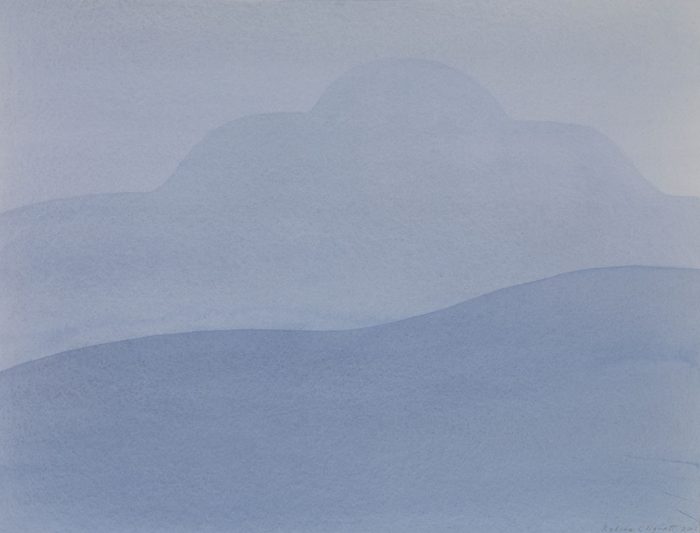Karin van Dam
Karin van Dam IntroductionBiographyIntroduction Karin van Dam (1959) is known for her installations composed with materials such as buffers for boats, ropes and insulating casing. At one time she even used entire pre fab polyester ponds which she hung in the medieval hall of the centre for contemporary arts De Vleeshal in Middelburg, The Netherlands.…



